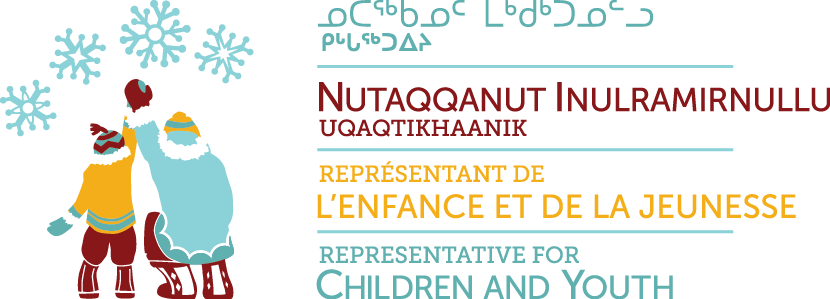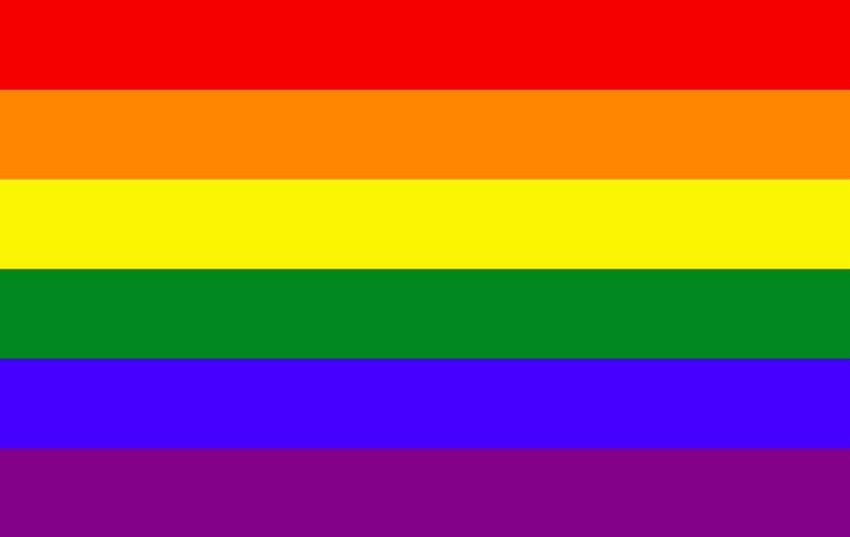TORONTO (November 20, 2017) – Today, as we mark National Child Day, the Canadian Council of Child and Youth Advocates (CCCYA) is encouraging federal, provincial and municipal governments, and all Canadians, to remember the fundamental rights of children and youth. The CCCYA is an association of children’s advocates, ombudsman and representatives from across Canada whose mandates include advancing the rights of children and youth. We are all independent officers of our respective legislatures, and we work to address mutual concerns. Ensuring the rights of all children and youth are upheld is one of our priorities.
Child rights are more than a concept; they are clearly outlined in the United Nations Convention on the Rights of the Child (UNCRC), a treaty ratified by the Canadian government in 1991. The UNCRC is based on an understanding of the fundamental worth of all children.
Just because these rights are clearly laid out, however, does not mean everyone is familiar with them – a situation that needs to change. Among its 54 articles, the UNCRC ensures that children have the right be heard (Article 12) the right to food, clothing and shelter (Article 27), the right to practice one’s own culture (Article 30), the right be free from abuse (Articles 19, 34, 35, 36, 37) and the right to health care (Article 24) and education (Article 28).
On National Child Day, we urge everyone to stand up for and actively promote child rights. This is especially crucial in relation to the rights of Indigenous children and youth who continue to be dramatically over-represented in the child welfare system.
Although Canada is doing well in some areas, our governments are clearly falling short with respect to child rights in others, such as informing children and adults about child rights, and including child rights in school curricula. As one Indigenous youth put it, “Kids and foster parents need to know child rights at an earlier age and what to do about it.”
As child advocates, we strive to ensure children and youth are aware of their rights. It is often difficult for a child or youth to recognize when their rights are being violated. That is why we call upon individual Canadians, as well as governments, to make it a priority to be aware of the UNCRC, to take a stand in supporting child rights, and to take action in ensuring the rights of the children and youth in our lives are protected What does taking action look like? It means taking the initiative to become informed about child rights. It means helping children and youth in our communities to be aware of their rights. It also means speaking up when a child or youth needs help. And it most certainly means expecting governments to comply with the UNCRC, and holding them accountable to do so.
About the Canadian Council of Child and Youth Advocates
The Canadian Council of Child and Youth Advocates is an alliance of legislatively mandated advocates for the rights of children and youth. These advocates may operate under various titles (e.g. Advocate, Representative, Ombudsman, Commissioner), but all are official representatives in their particular provinces and territories. All CCCYA members are independent statutory officers who report directly to the Legislative Assembly of their respective jurisdictions. Each CCCYA member office is established by legislation to operate in a manner that is independent from government authority or control. Council includes members from the nine provinces and two territories of Alberta, British Columbia, Manitoba, New Brunswick, Newfoundland and Labrador, Nova Scotia, Nunavut, Ontario, Québec, Saskatchewan, and Yukon.

